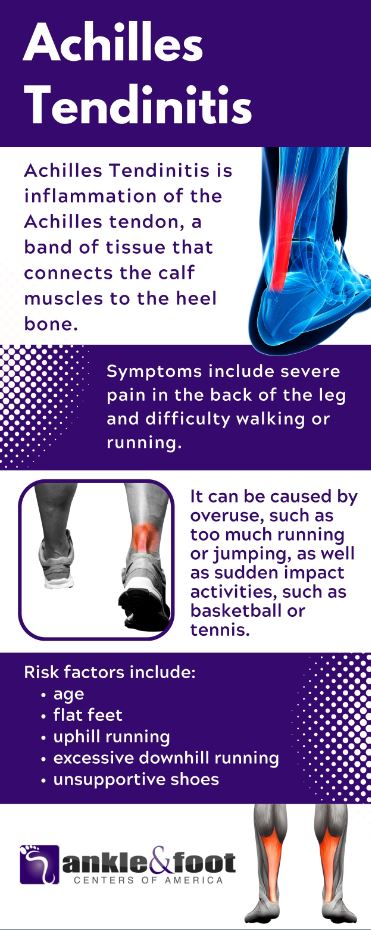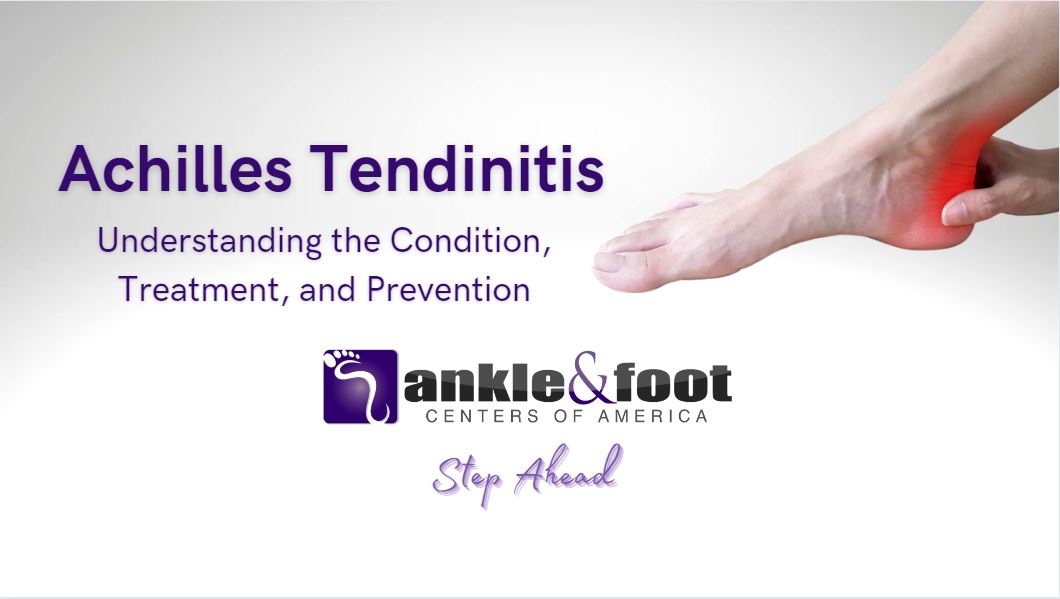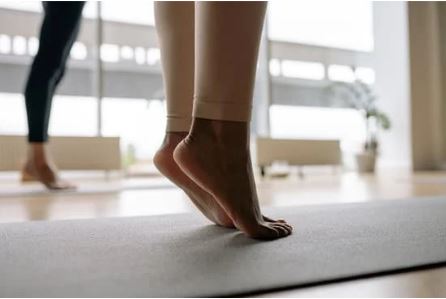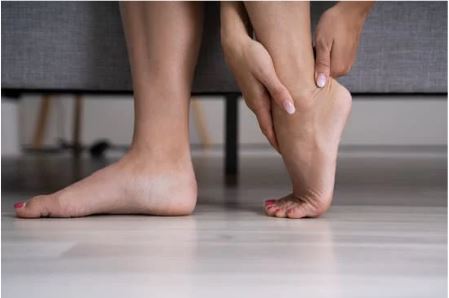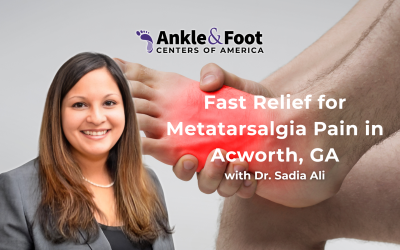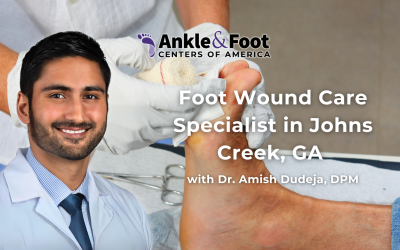Table of Contents
Achilles Tendonitis: Understanding the Condition, Treatment and Prevention
What causes Achilles tendonitis? This is a common overuse injury that affects the Achilles tendon, which connects the calf muscle to the heel bone. This condition is caused by repetitive stress and overuse of the tendon, leading to inflammation and pain. It is most commonly seen in individuals who engage in physical activities that put a lot of stress on the calf and heel, such as running, jumping, and playing sports.


Symptoms of Achilles Tendonitis
The most common symptoms of Achilles tendonitis include pain and swelling in the back of the ankle, tenderness when pressing on the affected area, and stiffness in the morning or after periods of inactivity. Some individuals may also experience a creaking or crackling sound when moving the affected ankle.
Exercises for Achilles Tendonitis:
Exercising is a crucial part of the treatment and prevention of Achilles tendonitis. It is important to start with gentle exercises and gradually increase the intensity as the pain and swelling reduce. Here are some exercises that can help alleviate the pain and improve the flexibility of the tendon:
- Calf raises: Stand with the balls of your feet on a step and your heels hanging off the edge. Slowly raise your heels as high as you can, then lower them back down. Repeat this exercise 10 to 15 times.
- Stretching: Stretching the calf muscle is essential in preventing and treating Achilles tendonitis. To stretch the calf, stand facing a wall with one foot forward and the other foot behind you, with the heel of the back foot on the ground. Lean forward into the wall, keeping the back leg straight. Hold the stretch for 20 to 30 seconds.
- Eccentric calf raises: Stand with the balls of your feet on a step and your heels hanging off the edge. Lower your heels down below the step, then raise them back up to the starting position. Repeat this exercise 10 to 15 times.
Best Shoes for Achilles Tendonitis
Wearing shoes that provide adequate support and cushioning can help prevent and alleviate the symptoms of Achilles tendonitis. Look for shoes with a high, cushioned heel and a rocker sole, which helps reduce the stress on the tendon. Avoid shoes with a flat sole or high heels, as they can put additional stress on the tendon. Additionally, it is important to replace your shoes regularly. The best shoes for Achilles tendonitis are not worn out and must provide arch support.
Achilles Tendonitis Treatment
In addition to exercising and wearing supportive shoes, there are other treatments for Achilles tendonitis that can help relieve the pain and promote healing. These include:
- Ice therapy: Applying ice to the affected area can help reduce pain and swelling. Wrap a bag of ice or a frozen bag of vegetables in a towel and place it on the affected area for 15 to 20 minutes at a time.
- Anti-inflammatory medications: Over-the-counter pain relievers, such as ibuprofen, can help reduce inflammation and relieve pain. However, it is important to speak to a doctor before taking any medications, as some medications may interact with other medications or medical conditions.
- Physical therapy: A physical therapist can develop a treatment plan that includes exercises and stretches to improve the flexibility and strength of the Achilles tendon. The therapist can also provide massage and other therapies to help reduce pain and swelling.
By incorporating exercises, wearing supportive shoes, and seeking professional Achilles Tedninitis treatment can help alleviate the pain and promote healing. If you experience persistent pain or swelling in the Achilles tendon, it is important to seek the advice of a healthcare professional. Delaying treatment can result in chronic pain and a longer recovery time. In severe cases, surgery may be necessary to repair the damaged tendon.
These actions have helped individuals effectively manage and prevent Achilles tendonitis. Regular stretching, calf raises, and eccentric calf raises, in combination with ice therapy and anti-inflammatory medications, can help alleviate the pain and promote healing. With proper care and attention, individuals can continue to enjoy their physical activities without being limited by pain and discomfort in the Achilles tendon.
